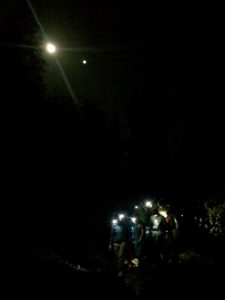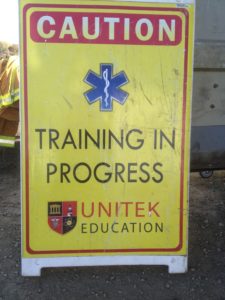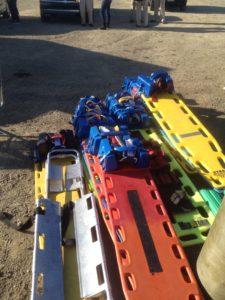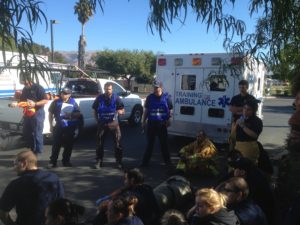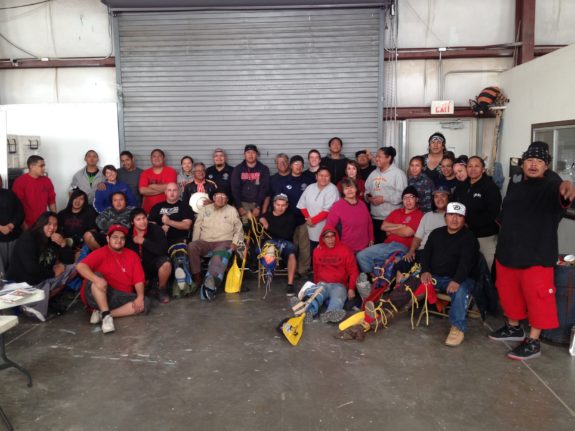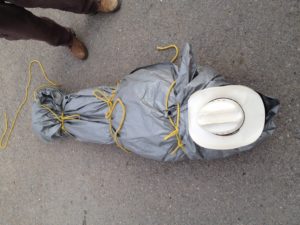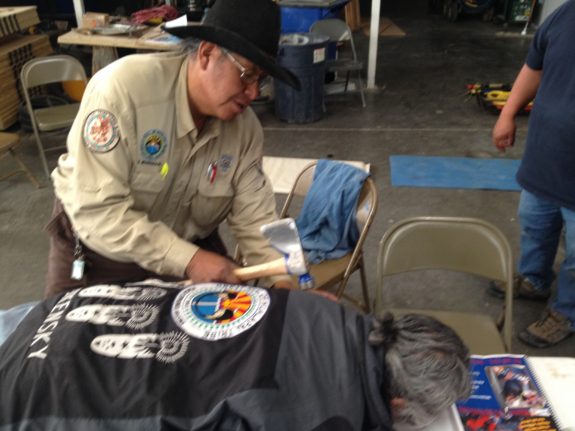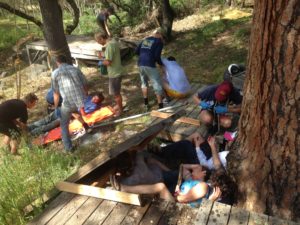 This spring we have been busy with our wilderness first responder courses. Beginning this past January we have taught 6 full first responders and 4 WFR re-certs. Most recently we hosted a Wilderness First Responder in Coloma, Ca. Consistent with most of our wilderness medicine classes, the WFR was a fast paced, hands-on action-packed 10-day study of back country medicine.
This spring we have been busy with our wilderness first responder courses. Beginning this past January we have taught 6 full first responders and 4 WFR re-certs. Most recently we hosted a Wilderness First Responder in Coloma, Ca. Consistent with most of our wilderness medicine classes, the WFR was a fast paced, hands-on action-packed 10-day study of back country medicine.
Students hailed from a variety of California locales with a few joining from out of state. As an instructor it is really rewarding to watch the training unfold and to see the students’ progression. We strive to make the scenarios realistic and relevant to the places that the students spend time. In this past class we had a burning man collapse, an avalanche multi- victim burial, and an icefall incident, to name a few. Navigating the patient assessment system, and jumping into responder mode isn’t necessarily an easy transition, but with time and practice, theses guys made good progress.
Another highlight of the WFR is the night search operation. Usually this drill takes a few hours and lets students navigate the difficulties of working at night. Bottom line is that communication and lighting are huge impediments to working at night. hazards are heightened, and even simple things become difficult. If you spend time working or recreating in the wilderness, the WFR certification is for you. It has become the gold standard industry-wide. Come train and practice your backcountry first aid skills, sharpen your patient assessment technique, and and hone to stabilize and improvise. We’ve got several courses coming up this spring and several more this fall. Check out our website, www.sierrarescue.com, for schedule and upcoming courses.

